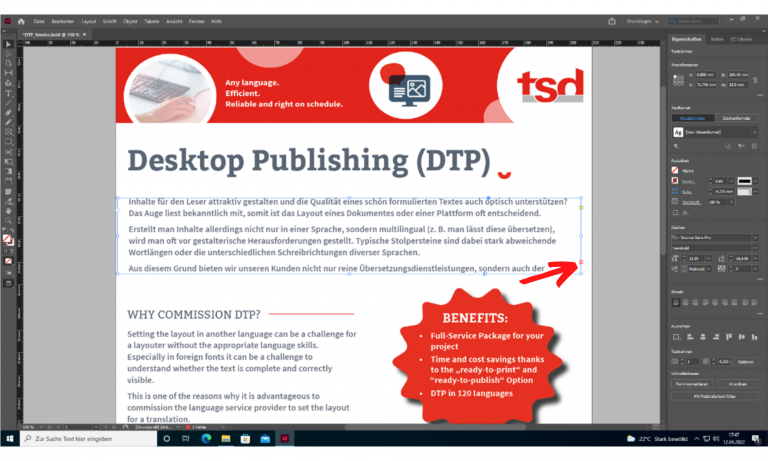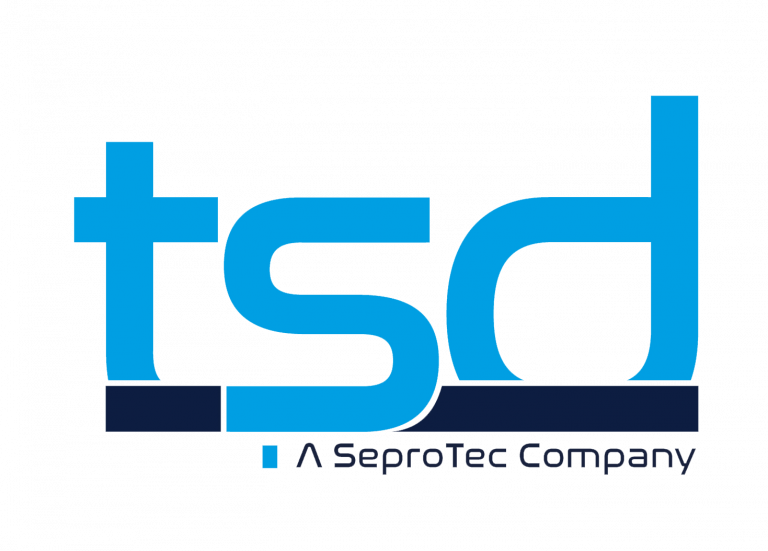Did you know? DTP stands for Department of Talented Problem-solvers
DTP – three mysterious letters you might have encountered when assigning translation projects. For many, Desktop Publishing (short: DTP) is just a downstream service, but especially since the rise of technological support in the translation process DTP is all, but that. The DTP Team is pretty much our Department of Talented Problem-solvers.
But what exactly are the challenges our DTP team is facing in their daily work? We have gathered five practical examples to show you the diversity and importance of DTP work in the translation Process.
1. File Preparation – Do The Preparation
When it comes to DTP, everything resolves around the big “L” … Looks. Text is merely an object in the overall picture of a document. And let’s face it, we all have done it! A manual line break here or a paragraph there, sacrificing text flow for overall compliance.
But what is a delight to the human eye is a blind spot for Translation Management Systems (TMS). This is because when it analyses the text, it cannot understand that we have made a small adjustment in the formatting just for looks sake. The TMS therefore treats the text as different segments, which is ultimately misleading for translators and can lead to poor translation quality.
To prevent this from becoming a problem in the first place, our DTP team comes into action. By preparing the source texts in a TMS-friendly way, the tool can segment the text correctly and provide an ideal basis for translation. We can totally relate why the motto of our DTP team is “preparation is everything”.
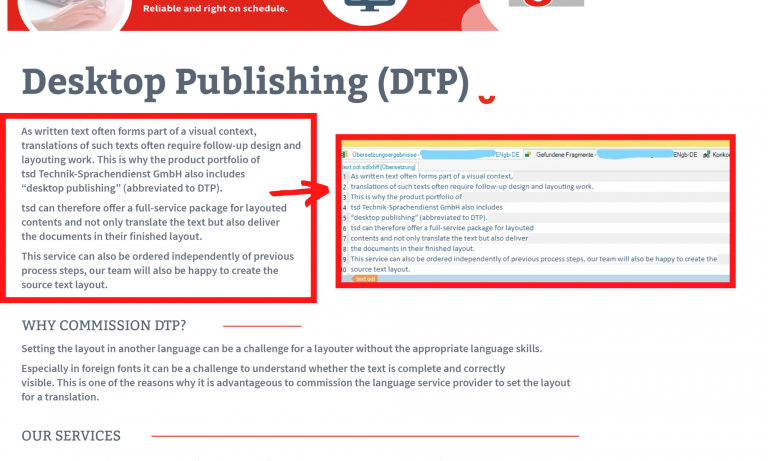
2. Converting files – Don't Translate PDF
It is well known that machines are highly intelligent, but so are human brains.
For example, if we see an image of a text like in a screen shot, we can still read and understand it.
We probably would not even notice that the text is in an image format … Well, if the Scan is of a reasonably decent quality of course.
For a machine, on the other hand, the right format is crucial.
So if you have a format like PDF, which is mainly developed as a picture of a page, it is very likely that the TMS will only see a blank page, which is also just blank in other languages.
Therefore, it is important to convert non-editable formats into editable ones to enable translation via the TMS.
By using an OCR-Software (Optical Character Recognition software) or OCR function, this process is nowadays largely automated.
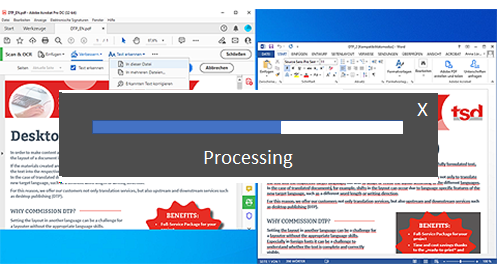
Why do we bother our DTP team with these projects when there is an automatic solution, you may ask? Well, the accuracy with which the text can be recognised by the software depends very much on the overall quality of the document. After all, even we have problems reading something on poor quality scans from time to time.
To achieve the best possible result, our DTP team processes the documents before converting them. They make sure, for example, that the text is aligned horizontally and that distracting image noise is removed. And even after the text conversion, our team post-processes the document to ensure that the text is TMS-friendly.
3. Picture Captions – Difference Text vs Picture
Hidden in plain sight – Picture captions are an essential part of graphics and illustrations.
The crux of captions is that they are often found in editable formats and are often overlooked when source documents are submitted to the Language Service Provider (LSP).
Since the images are very often embedded in the document in non-editable form, our DTP team has to get creative when preparing multilingual captions.
This gives the customer several options for embedding the captions in the later document.
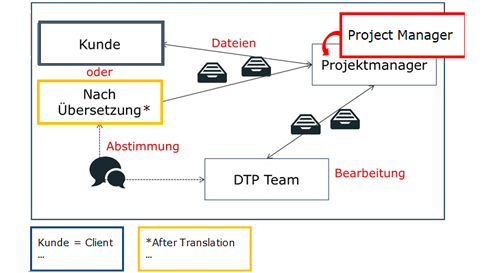
4. Formatting – Design To Please
Ever since TMS became part of the translation process, formatting has been the be-all and end-all for our DTP team. This is partly due to the structure of the tool.
It creates a working environment for the translator that focuses solely on the text. This allows the language specialists to concentrate on their translation more effectively and gives them easy access to the translation memory and terminology database.
For the customer, this ultimately means lower costs, faster turnaround time and more consistency in the translation process.
So, what happens to the text after it has been checked out of the TMS? Well, if the customer wants a layouted product, then our DTP team comes into play.
Be it InDesign, FrameMaker or Articulate, our DTP specialists can put the translated content into the appropriate source format.
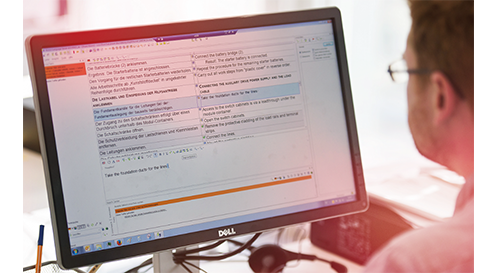
5. Layout check – Detect The Problems
If formatting is not required, our DTP team often performs a layout check in the target document or solves a “picture puzzle” as they call it.
After all, it is not uncommon for a few sources of error to sneak in with multilingual documents.
In the marketing team, for example, we are very familiar with the little red plus sign that gently alerts us to the fact that German simply takes up more space in a text box than English.
As you can see, our DTP team has its hands full with various types of multilingual DTP projects. And although DTP initially has a lot to do with layouting, the work of our DTP team is of far greater importance to the translation process. Because without the team’s support, the quality of the translations could suffer.
